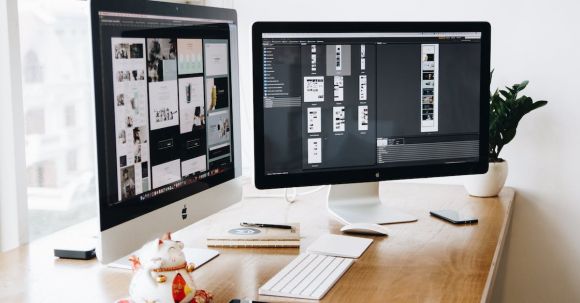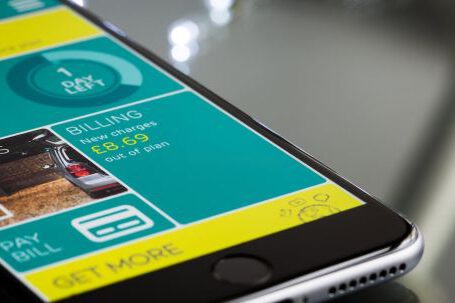Virtual reality (VR) has come a long way since its inception, and it continues to evolve at an unprecedented pace. While VR has primarily been associated with gaming and entertainment, its potential applications in other industries are becoming more apparent. One such area is UI design, where VR has the potential to revolutionize the way we interact with digital interfaces. In this article, we will explore the role that virtual reality is likely to play in the future of UI design.
Enhancing User Experience
One of the key benefits of VR in UI design is its ability to enhance the user experience. Traditional UI design relies heavily on 2D representations and mouse or touch-based interactions. However, VR allows for a more immersive and intuitive user interface. By creating virtual environments that users can interact with, designers can provide a more engaging and immersive experience. This can be particularly useful in fields such as architecture and interior design, where users can explore virtual spaces before they are built.
Designing in 3D
Another area where VR can make a significant impact is in 3D design. Currently, designers often rely on 2D representations of 3D objects and environments. However, with VR, designers can create and manipulate objects in 3D space, allowing for more accurate and efficient design iterations. This can be particularly valuable in industries such as automotive and product design, where precise measurements and spatial relationships are crucial.
Collaborative Design
Collaboration is an essential aspect of UI design, as designers often need to work together to create cohesive and user-friendly interfaces. VR can facilitate collaboration by allowing designers to work together in a shared virtual environment. This means that designers can collaborate in real-time, regardless of their physical location. By enabling remote collaboration, VR can bring together designers from different parts of the world, fostering creativity and innovation.
User Testing and Feedback
User testing and feedback are critical in UI design, as they help identify usability issues and gather insights for improvement. Traditionally, user testing involves observing users interacting with a digital interface and collecting their feedback. However, VR can take user testing to the next level by providing a more realistic and immersive testing environment. By simulating real-world scenarios, designers can gain a better understanding of how users interact with their interfaces and make more informed design decisions.
Challenges and Considerations
While the potential benefits of VR in UI design are significant, there are also challenges and considerations that need to be addressed. One of the main challenges is the cost and accessibility of VR technology. Currently, VR headsets and equipment can be expensive, making it difficult for designers and organizations to adopt VR in their design processes. Additionally, not all users may have access to VR devices, limiting the reach and impact of VR-based UI design.
Conclusion
In conclusion, virtual reality has the potential to revolutionize UI design by enhancing the user experience, enabling 3D design, facilitating collaboration, and improving user testing and feedback. However, challenges such as cost and accessibility need to be addressed to fully realize the potential of VR in UI design. As VR technology continues to advance and become more affordable, we can expect to see an increasing integration of VR in the future of UI design.





